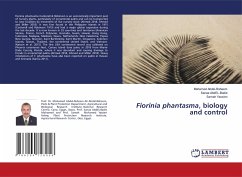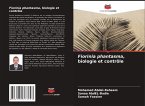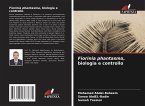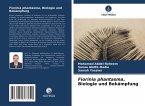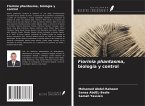Fiorinia phantasma Cockerell & Robinson is an economically important pest of nursery plants, particularly of ornamental palms and can be transported to new localities by movement of live nursery stock (Ahmed 2018, Ahmed and Miller 2018). It was first found in the Philippine Islands in 1915 (Cockerell and Robinson 1915) and had a major global expansion during the last decade. It is now known in 23 countries and territories (American Samoa, France, French Polynesia, Grenada, Guam, Hawaii, Hong Kong, Indonesia, Malaysia, Maldives, Nauru, Netherlands, New Caledonia, Papua New Guinea, Reunion, Saint Barthelemy, Saint Martin, Singapore, Solomon Islands, Taiwan, Thailand, the continental United States, and Vietnam; Watson et al. 2015). The first USA continental record was collected on Phoenix canariensis Hort, Canary Island date palm, in 2018 from Miami-Dade County, Florida, where it was abundant and causing damage to fronds in ornamental palms (Ahmed 2018, Ahmed and Miller 2018). Heavyinfestations of F. phantasma have also been reported on palms in Hawaii and Grenada (Garcia 2011).

